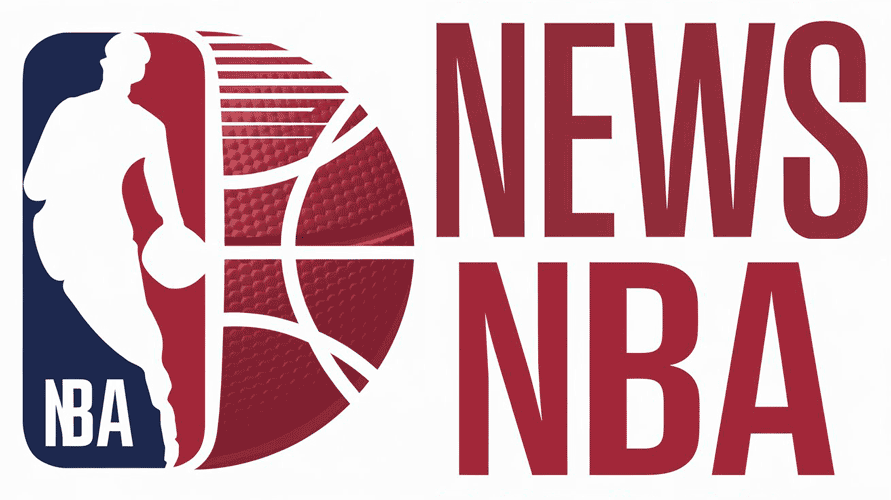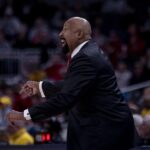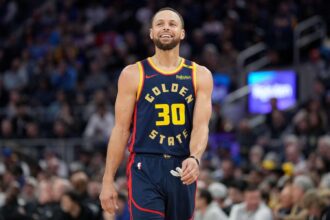As the Portland Trail Blazers navigate the complex landscape of team rebuilding, the urgency to revitalize their roster is palpable. With a mix of promising young talent and the lingering presence of veteran players, the Blazers stand at a critical juncture. As they aim to reclaim their status as a competitive force in the Western Conference, the front office faces pivotal decisions in the trade market. In this article, we will explore three realistic trades that could provide the necessary catalysts for Portland’s rebuilding efforts, setting them on a more promising path forward while balancing the expectations of a passionate fanbase. Join us as we dissect strategic moves that align with the franchise’s long-term vision and delve into how these trades could reshape the future of Rip City.
Strategic Player Acquisitions to Enhance Young Core Potential
As the Trail Blazers embark on their rebuilding journey, strategic player acquisitions can significantly bolster their young core’s potential. To capitalize on their assets, they must look for players who not only fit the present but are adaptable to the evolving dynamics of the NBA. Here are potential targets:
- Mikal Bridges (Brooklyn Nets) – A defensive stalwart, Bridges offers versatility on both ends of the floor and can help develop a winning culture.
- Jalen Brunson (New York Knicks) – He brings maturity and experience needed to guide the young talent, while also being a scoring threat.
- Isaiah Stewart (Detroit Pistons) – His rugged playstyle and rebounding ability would provide the Blazers with much-needed toughness in the frontcourt.
Offering a package that includes future first-round picks and a current roster player could entice teams looking for a rebuild as well. To visualize this strategy, consider the following table showcasing potential trade packages:
| Player | Proposed Trade Package |
|---|---|
| Mikal Bridges | 1st Round Pick + Simons |
| Jalen Brunson | 1st Round Pick + Little |
| Isaiah Stewart | 1st Round Pick + Winslow |
By identifying players who fit these characteristics and crafting thoughtful trade offers, the Trail Blazers can create a more cohesive roster that maximizes their young talent’s potential and accelerates the rebuild process. Unlocking synergies between these acquisitions and existing players will be crucial for sustainable growth in the years to come.
Leveraging Draft Picks for Future Growth and Flexibility
The Trail Blazers are at a critical juncture in their rebuild, and one of the most effective strategies to enhance their prospects is through strategic trade of draft picks. By capitalizing on the value of their future selections, the franchise can acquire players who align with their vision of sustainable growth. Potential deals could involve packaging multiple picks to secure a higher draft spot or trading for young talents who are looking for a fresh start. By doing so, the Blazers can not only redefine their roster but also maintain the flexibility to pivot as opportunities arise in a constantly evolving league.
Another avenue to explore is leveraging draft picks to absorb bad contracts while also gaining assets. This could result in a win-win scenario where the team acquires a talented player who hasn’t yet reached their full potential. Consider the following factors when evaluating potential trades:
| Team | Player | Draft Pick Value |
|---|---|---|
| Team A | Emerging Star | 2 First Round Picks |
| Team B | Rising Talent | 1 Second Round Pick |
| Team C | Established Playmaker | 1 First Round Pick |
This strategy not only maximizes the immediate impact on the roster but also sets the stage for future success by giving the franchise flexibility in various facets of team building. As the Trail Blazers evaluate their options, the ability to be shrewd with their draft picks will be crucial in shaping a competitive and dynamic team for years to come.
Addressing Salary Cap Dynamics for Sustainable Team Development
In the ever-changing landscape of the NBA, the salary cap plays a crucial role in shaping team dynamics and facilitating sustainable development. For the Trail Blazers, navigating the complexities of the salary cap is essential for optimizing their rebuild. Key factors to consider include player contracts, potential trade assets, and financial flexibility. By strategically managing these elements, the organization can forge a new identity while ensuring they remain competitive in the Western Conference.
Potential trades to bolster the roster while maintaining financial health may include moving higher salary players in exchange for younger, cost-effective talent. Below are some key trade assets the Trail Blazers could explore:
| Player | Current Salary | Prospective Value |
|---|---|---|
| Damian Lillard | $45M | Franchise Player |
| Jusuf Nurkić | $17M | Solid Defensive Anchor |
| Norman Powell | $16M | Scoring Wing Option |
With the right trade combinations, the Blazers could clear cap space and enhance their roster with talented prospects. Exploring deals that balance immediate future benefits with long-term capabilities is the key to ensuring a solid foundation for years to come.
Final Thoughts
In conclusion, the Portland Trail Blazers find themselves at a critical crossroads in their rebuilding journey. The three trades outlined—each rooted in strategic analysis and the overarching goal of fostering a competitive yet sustainable squad—represent viable pathways for the franchise to reshape its roster. By capitalizing on evolving market dynamics and the potential for player development, the Blazers can not only rejuvenate their roster but also build a foundation for long-term success. As Rip City awaits these pivotal decisions, the anticipation of a new era of Trail Blazers basketball remains palpable. Fans and analysts alike will be keenly watching how these trades unfold and their subsequent impact on the team’s trajectory. The road ahead may be challenging, but with the right moves, the Blazers can move closer to reclaiming their place among the NBA’s elite.














